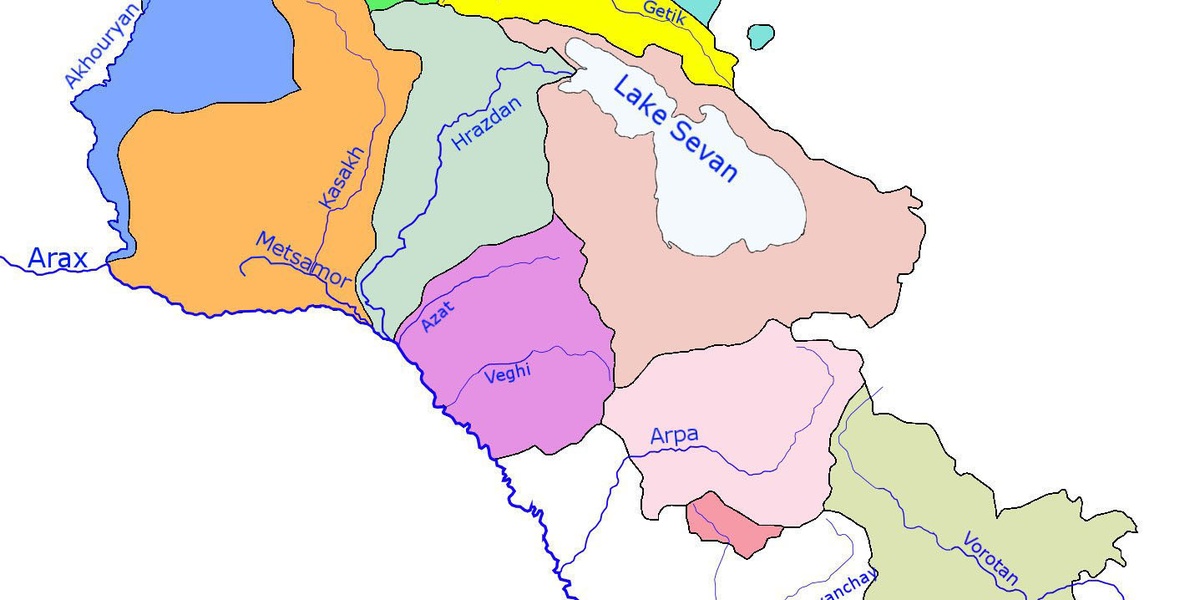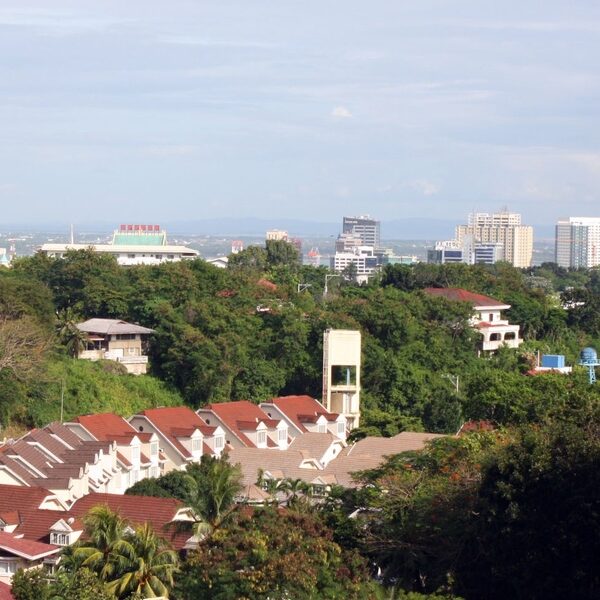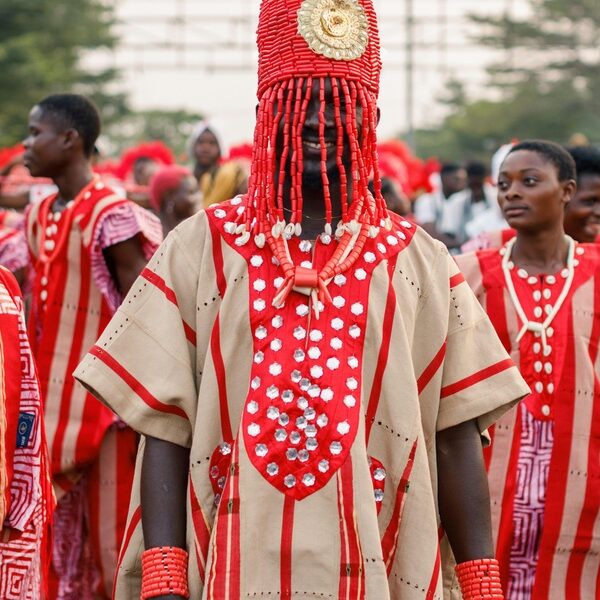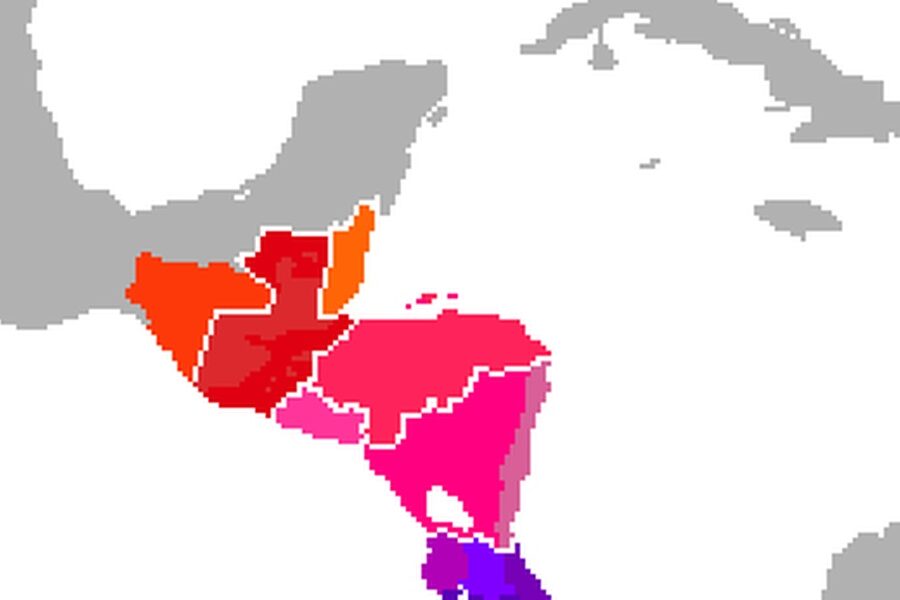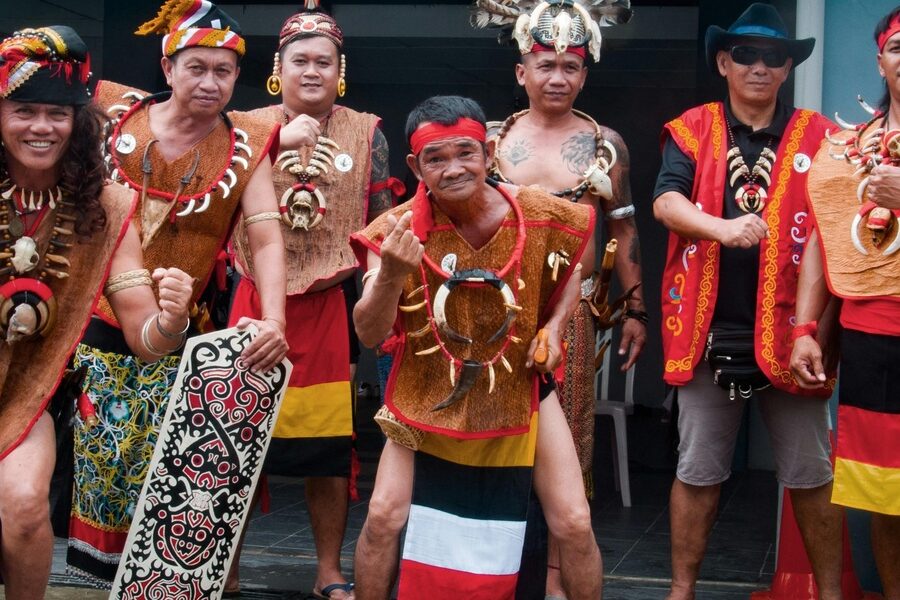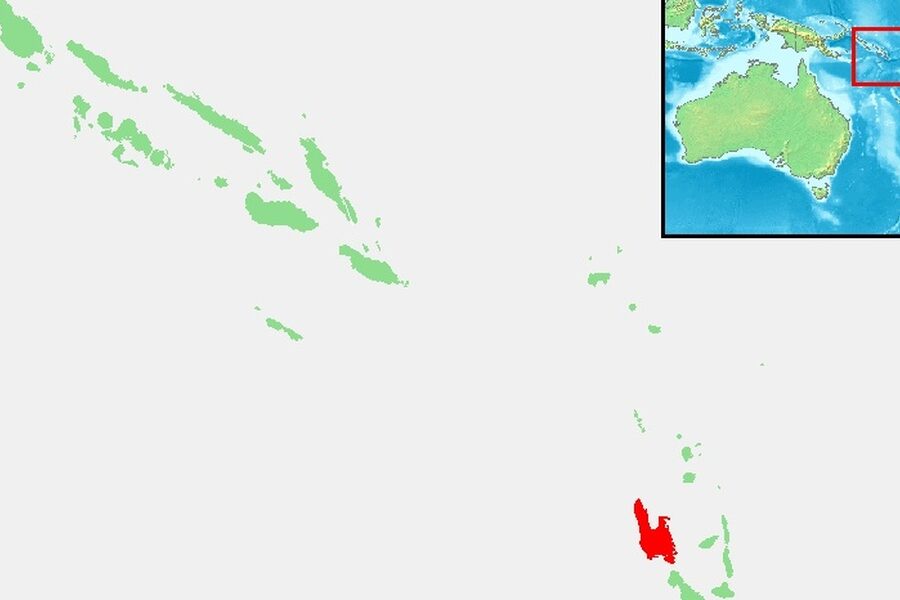Armenia’s landscapes and layered history have shaped a rich patchwork of local speech. From isolated highland villages to city neighborhoods, subtle shifts in pronunciation, word choice and grammar map out community identities across the country.
There are 25 Dialects in Armenia, ranging from Aintab (Antep) to Yerevan. For each entry you’ll find below the Region(s), Branch, and Vitality/status so you can quickly see where a dialect is spoken, which linguistic branch it belongs to, and whether it’s actively used today — you’ll find below.
How are these dialects distributed across regions?
Dialects tend to cluster by historical settlement patterns and geography: some are tied to specific provinces or border areas, others to urban centers or diaspora-return communities. Check the Region(s) column in the list to see the local footprint of each dialect and compare branches to understand broader linguistic relationships.
Which dialects are still widely spoken and which are endangered?
The Vitality/status column flags whether a dialect remains in daily use, is declining, or mainly survives in memories or literature. Urban dialects like Yerevan are robust, while some regional varieties (for example those linked to displaced communities) show reduced speaker numbers and may be endangered.
Dialects in Armenia
| Dialect name | Region(s) | Branch | Vitality/status |
|---|---|---|---|
| Yerevan | Yerevan city and Ararat plain | Eastern Armenian | Extant |
| Ararat | Ararat Plain, Vedi, Artashat | Eastern Armenian | Extant |
| Armavir | Armavir Province and surrounding villages | Eastern Armenian | Extant |
| Kotayk | Kotayk Province (Hrazdan, Bjni) | Eastern Armenian | Extant |
| Gegharkunik | Gegharkunik Province (Sevan area) | Eastern Armenian | Extant |
| Vayots Dzor | Vayots Dzor Province (Areni, Yeghegnadzor) | Eastern Armenian | Extant |
| Shirak | Shirak Province (Gyumri, Artik) | Eastern Armenian | Extant |
| Lori | Lori Province (Vanadzor, Stepanavan) | Eastern Armenian | Extant |
| Syunik (Zangezur) | Syunik Province (Goris, Kapan) | Eastern Armenian | Extant |
| Karabakh (Artsakh) | Nagorno-Karabakh/Artsakh region | Eastern Armenian | Extant |
| Gugark | Northern border areas of Armenia (historical Gugark) | Eastern Armenian | Extant |
| Tavush | Tavush Province (Ijevan, Dilijan outskirts) | Eastern Armenian | Extant |
| Gavar (Sevan) | Gavar and nearby villages | Eastern Armenian | Extant |
| Nakhichevan (historical) | Nakhichevan region (historic Armenian communities) | Eastern Armenian | Historical (moribund among emigrants) |
| Van | Van region (historic Western Armenia; refugee communities in Armenia) | Western Armenian | Endangered (diaspora variant) |
| Muş (Mush) | Muş province (historic; descendants in Armenia) | Western Armenian | Endangered (diaspora variant) |
| Kharpert (Harput) | Harput region (historic; refugee communities in Armenia) | Western Armenian | Endangered (diaspora variant) |
| Erzurum (Karin) | Erzurum/Karin region (historic; communities in Armenia) | Western Armenian | Endangered (diaspora variant) |
| Bitlis | Bitlis region (historic; Armenian refugees in Armenia) | Western Armenian | Moribund (diaspora variant) |
| Sebastia (Sivas) | Sivas/Sebastia region (historic; survivors in Armenia) | Western Armenian | Endangered (diaspora variant) |
| Aintab (Antep) | Gaziantep/Aintab region (historic; communities in Armenia) | Western Armenian | Endangered (diaspora variant) |
| Cilician | Cilicia (Adana, Sis; historic communities now in Armenia) | Western Armenian | Endangered (diaspora variant) |
| Constantinople (Istanbul) Western | Istanbul-origin Western Armenian (historical prestige) | Western Armenian | Extant (diaspora variant) |
| Trebizond (Trabzon) | Trebizond coastal region (historic; emigrants in Armenia) | Western Armenian | Moribund (diaspora variant) |
| Kars | Kars/Garin region (historic; refugees and descendants in Armenia) | Western/Eastern mixed | Endangered |
Images and Descriptions

Yerevan
The urban Eastern Armenian of the capital; basis for the official standard. Notable for reduced vowel distinctions, prestige vocabulary from modern media, broad intelligibility, and use across generations; strong influence on schooling and national broadcasting.
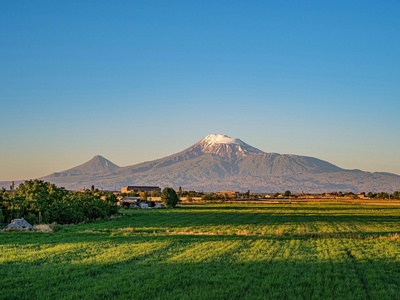
Ararat
Rural-eastern variety with conservative vowel quality and characteristic intonation. Speakers are mainly village populations; retains older lexical items and some phonetic distinctions that differ from Yerevan standard, though influence from the capital is growing.
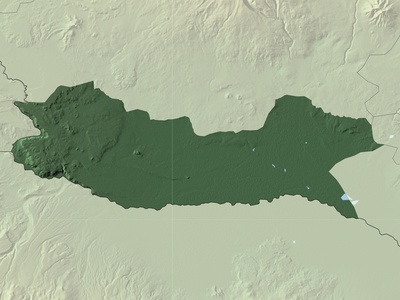
Armavir
A regional Eastern dialect with clear articulation of consonant clusters and distinctive local vocabulary tied to agriculture. Common among older rural speakers; features are being leveled by mass media and schooling in recent decades.
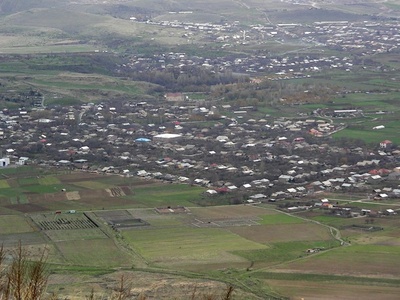
Kotayk
Mountainous dialect showing conservative diphthongs and a characteristic melodic pitch. Common in small towns and villages; preserves some archaisms in pronouns and verbs, but younger speakers shift toward standard forms.

Gegharkunik
Lakeside dialect with noticeable vowel harmony tendencies and unique fishing/livestock lexicon. Strong local identity; phonetics include palatalization in some consonant environments and retention of older morphological forms among elders.
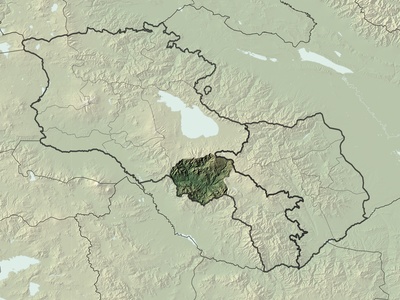
Vayots Dzor
Highland dialect with glottalization tendencies and distinct stress patterns. Speakers are mainly rural; retains folk vocabulary and several archaic verb forms, though mobility and education are reducing differences.
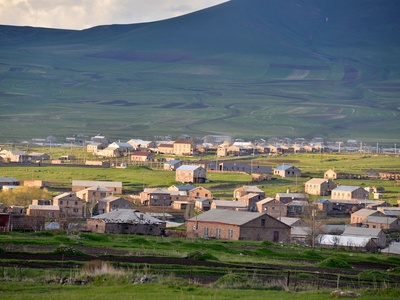
Shirak
Northwestern Eastern dialect with a marked pitch accent and slower speech rate. Gyumri’s urban variety has a recognizable accent nationally; phonology shows conservative consonant clusters and lexical items unique to the region.

Lori
Northern dialect known for vowel raising and palatalized consonants. Widely spoken in mountain towns, it preserves old pronoun forms and regional idioms; relatively vital though media influence increases standardization.
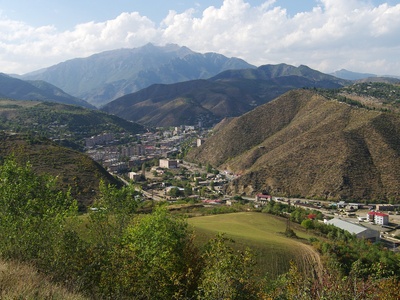
Syunik (Zangezur)
Southern highland dialect with strong consonant aspiration contrasts and lexical archaisms tied to pastoral life. Local speech remains robust among villagers; some features fuse with Karabakh dialects across regional borders.
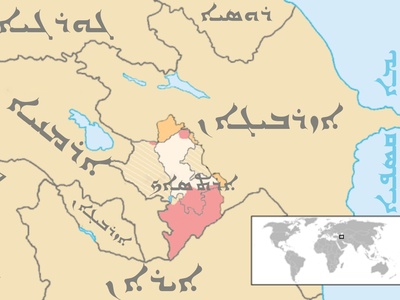
Karabakh (Artsakh)
Distinct Eastern variety famed for vowel harmony, tonal-like intonation, and unique lexicon. Strong community identity supports vitality; mutual intelligibility with Yerevan dialect is high but several phonetic and lexical markers are conspicuous.
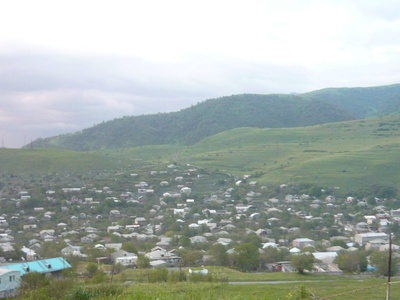
Gugark
Historical northern cluster covering parts of modern Lori/Gugark; shows conservative morphology and unique local words. Survives in rural speech with gradual levelling; significant for dialectologists tracing northern Armenian features.

Tavush
Northeastern dialect with light palatalization and a melodious intonation. Common among small-town speakers; retains forest and mountain vocabulary and shows modest divergence from standard pronunciation.
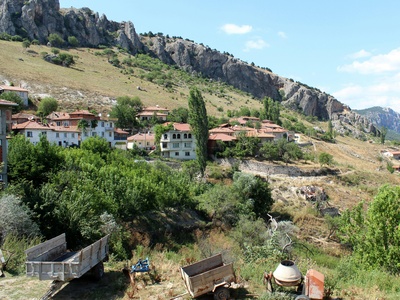
Gavar (Sevan)
Central-eastern variety with clear vowel contrasts and retention of old verb endings. Typical speakers include rural and small-town populations; notable for idiomatic expressions and slight syntactic differences from Yerevan speech.
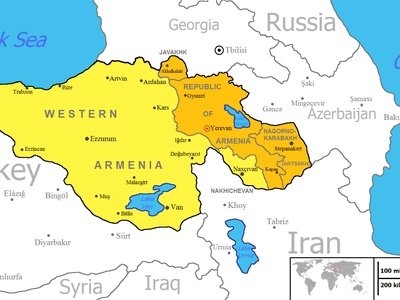
Nakhichevan (historical)
Former dialect cluster once spoken in Nakhichevan; many features recorded in early 20th-century sources. Largely absent in situ; some older emigrants in Armenia preserve lexical and phonetic traces.

Van
Prominent Western Armenian dialect from Van, characterized by distinct vowel shifts and conservative sibilants. Survivors and descendants in Armenia and Lebanon keep features alive; community-based transmission is weakening.

Muş (Mush)
Western dialect with marked vocalic changes and unique verb forms. Once a major regional speech, now largely preserved by older refugees in Armenia and diaspora communities; transmission to youth is limited.
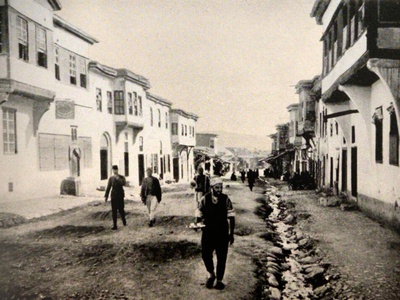
Kharpert (Harput)
Known for conservative consonant realizations and rural lexicon; many survivors resettled in Armenia after 1915. Distinctive phonology persists among elders, while younger speakers adopt standard Western forms.
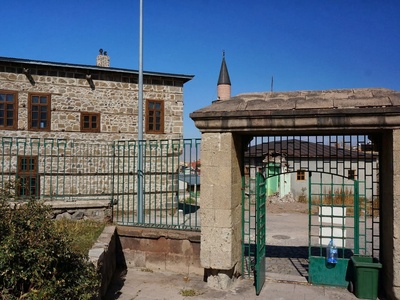
Erzurum (Karin)
Karin dialect preserves certain classical vowels and particular stress patterns. Descendant communities in Armenia and abroad retain idioms and pronunciation that differ noticeably from Istanbul Western Armenian.
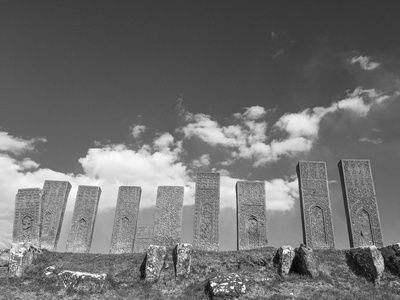
Bitlis
Local Western Armenian variety with unique lexicon and phonetic traits tied to highland life. Mostly preserved in older refugee generations; considered moribund due to limited intergenerational transmission.
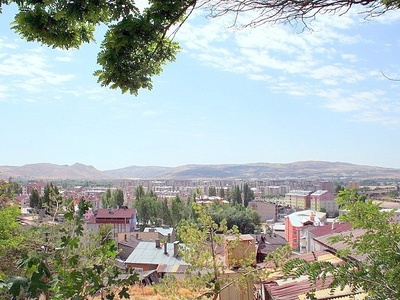
Sebastia (Sivas)
Western dialect featuring distinct sibilant realizations and vocabulary from central Anatolia. Survivors’ descendants in Armenia and the diaspora keep elements alive; younger speakers often shift toward standard variants.
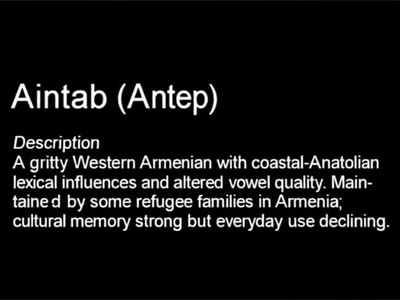
Aintab (Antep)
A gritty Western Armenian with coastal-Anatolian lexical influences and altered vowel quality. Maintained by some refugee families in Armenia; cultural memory strong but everyday use declining.

Cilician
Cilician speech shows southern Anatolian lexical layers and a softer consonant profile. Brought to Armenia by refugees, it survives among elders and cultural groups but faces heavy language shift pressures.
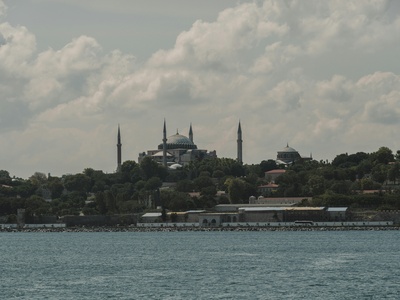
Constantinople (Istanbul) Western
The urban prestige Western variety from Constantinople, with borrowings from Ottoman Turkish and distinctive intonation. Present among repatriate families in Armenia and cultural institutions; remains relatively vital compared with rural Western dialects.
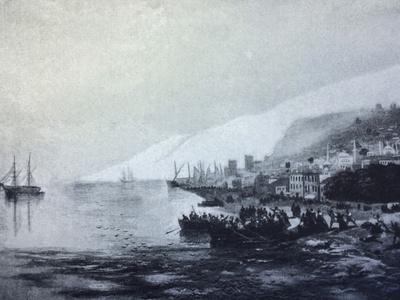
Trebizond (Trabzon)
Black Sea coastal dialect with maritime vocabulary and unique phonetics. Few fluent speakers remain in Armenia and the diaspora; primarily recorded in early dialect surveys and community memory.
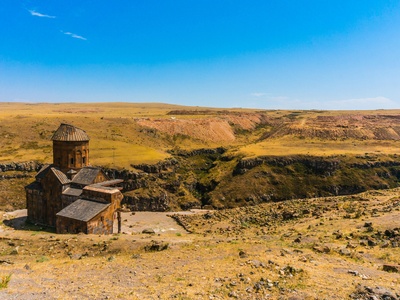
Kars
Frontier dialect historically blending eastern and western features due to geographic contact. Refugee communities in Armenia preserve mixed phonological traits; valuable for studying contact-induced change though increasingly leveled by standards.

